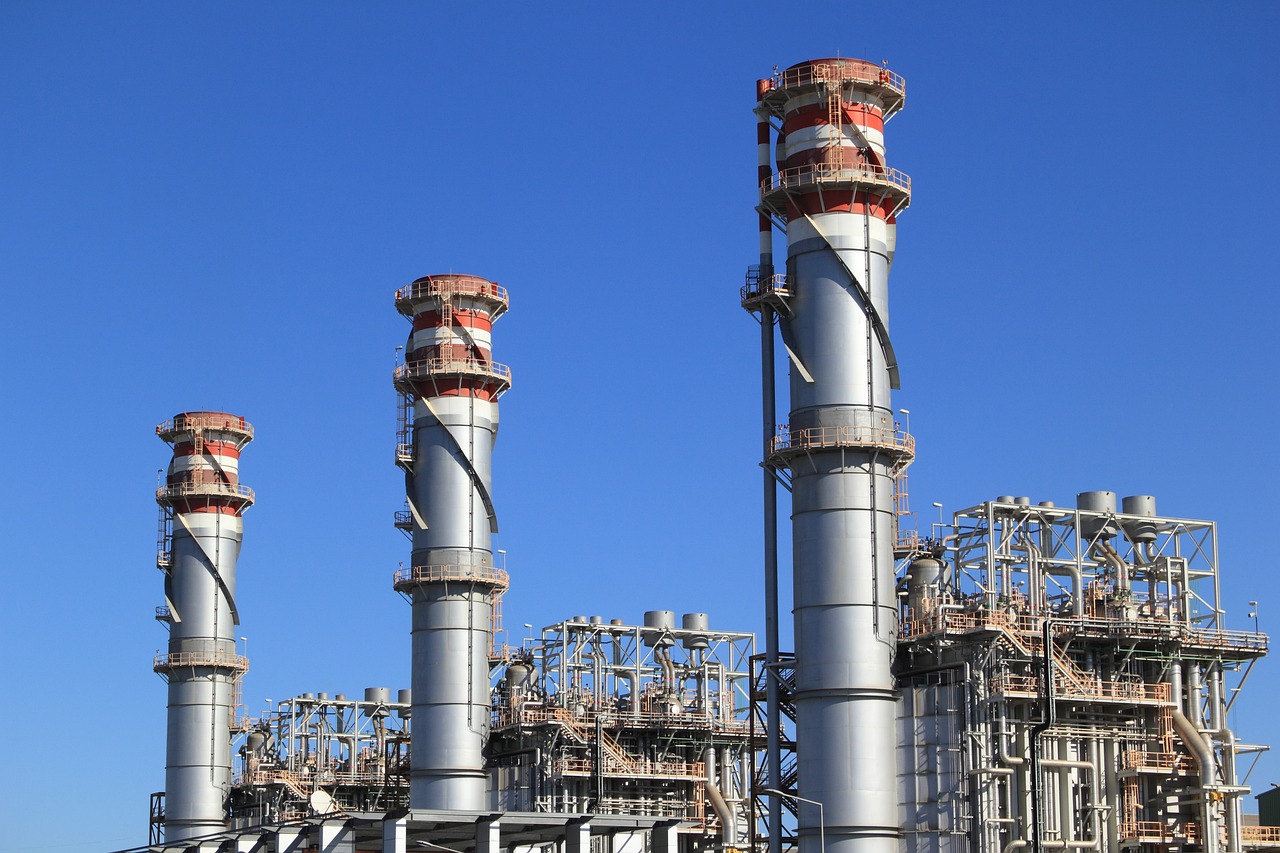Introduction: In the intricate realm of fluid dynamics, understanding the behavior of flowing substances is paramount for engineers, scientists, and researchers alike. Central to this understanding is the concept of flow regimes—distinctive patterns and behaviors that fluids exhibit under varying conditions. From the serene flow of a gentle stream to the tumultuous turbulence of a roaring river, flow regimes shape the dynamics of fluid systems in profound ways.
Laminar Flow: A Symphony of Order At the heart of fluid motion lies laminar flow, a tranquil dance of fluid particles moving in orderly, parallel layers. This regime, characterized by smooth, predictable flow patterns, manifests itself in scenarios where viscous forces dominate over inertial forces. Laminar flow offers a serene beauty, often observed in the gentle meanderings of viscous fluids and the intricate microflows within small-scale systems.
Turbulent Flow: Nature’s Chaotic Choreography Contrasting with the serene order of laminar flow, turbulent flow emerges as nature’s chaotic choreography—an intricate interplay of swirling vortices, eddies, and fluctuations. At high Reynolds numbers, inertial forces triumph over viscosity, giving rise to turbulent motion characterized by its irregularity and unpredictability. Turbulent flow fuels mixing, enhances heat transfer, and shapes the dynamics of rivers, oceans, and atmospheric phenomena.
Transitional Flow: A Dance of Uncertainty In the realm between laminar tranquility and turbulent tumult lies transitional flow—a realm of uncertainty and flux. Here, fluid behavior teeters on the edge of instability, exhibiting characteristics of both laminar and turbulent regimes. Transitional flow challenges our understanding, revealing the intricate nuances of fluid dynamics as Reynolds numbers approach critical thresholds.
Steady Flow: The Symphony of Constancy Amidst the dynamic ebb and flow of fluid motion, steady flow stands as a beacon of constancy—a regime where flow parameters remain unchanging over time and space. Though often assumed for simplicity in engineering analysis, steady flows offer stability and predictability in the design and operation of fluid systems, providing a foundation upon which engineering marvels are built.
Unsteady Flow: The Rhythm of Change In the ever-changing landscape of fluid dynamics, unsteady flow emerges as the rhythm of change—a regime marked by fluctuations and variability over time. From transient events like valve operations to dynamic processes in rivers and oceans, unsteady flows remind us of the dynamic nature of fluid systems, requiring careful consideration and analysis to capture their transient behavior accurately.
Conclusion: As we delve into the depths of fluid dynamics, the concept of flow regimes emerges as a guiding light—a framework through which we decipher the complex interplay of forces, energies, and behaviors that shape the world around us. From the tranquil order of laminar flow to the chaotic beauty of turbulence, each regime offers insights into the mysteries of fluid motion, inspiring awe and fascination in those who seek to unravel its secrets.
In the ceaseless dance of fluids, let us embrace the diversity of flow regimes, celebrating the beauty of their intricacies and the richness of their interactions. For in understanding the nuances of flow regimes lies the key to unlocking the boundless potential of fluid dynamics—a realm where innovation thrives, and discovery knows no bounds.















